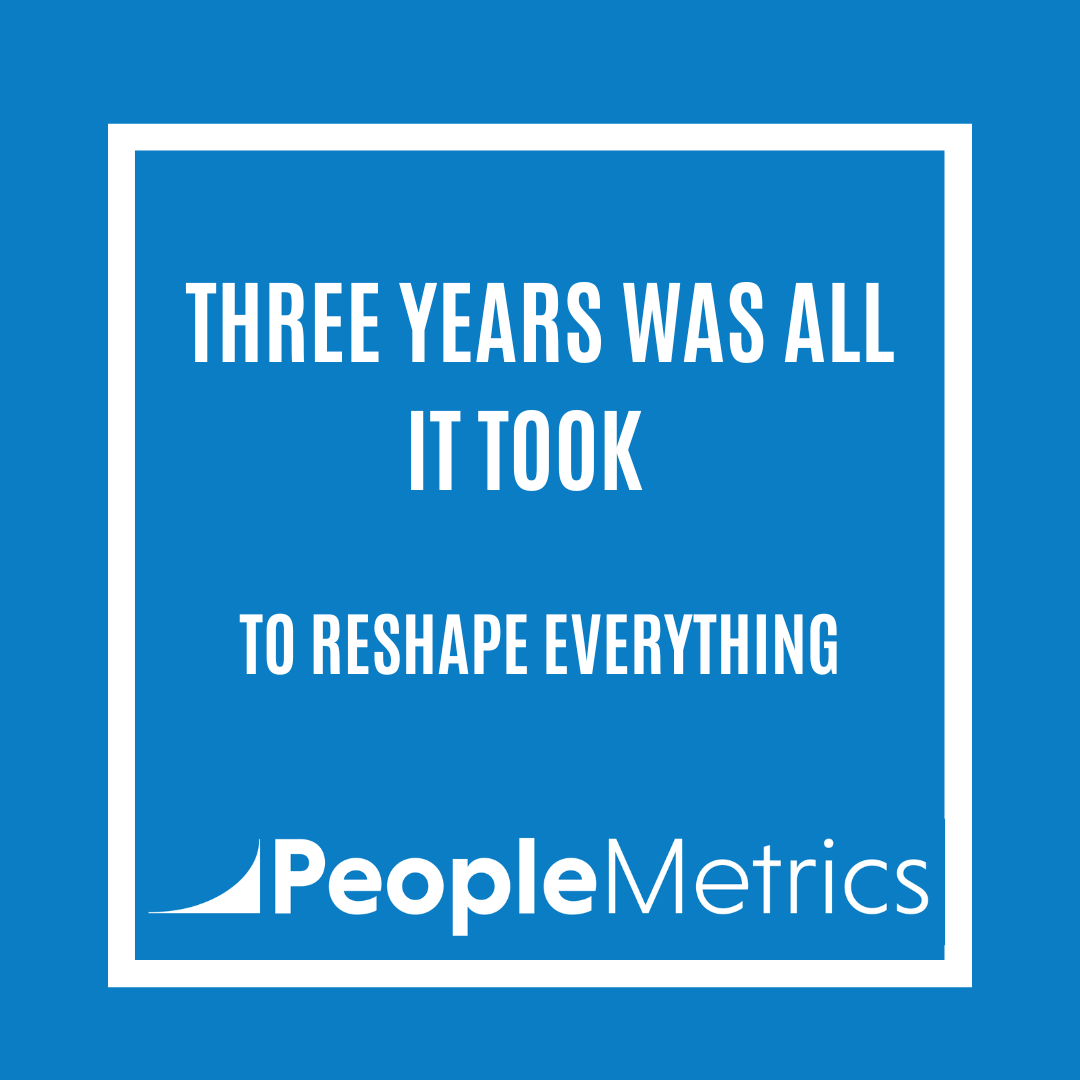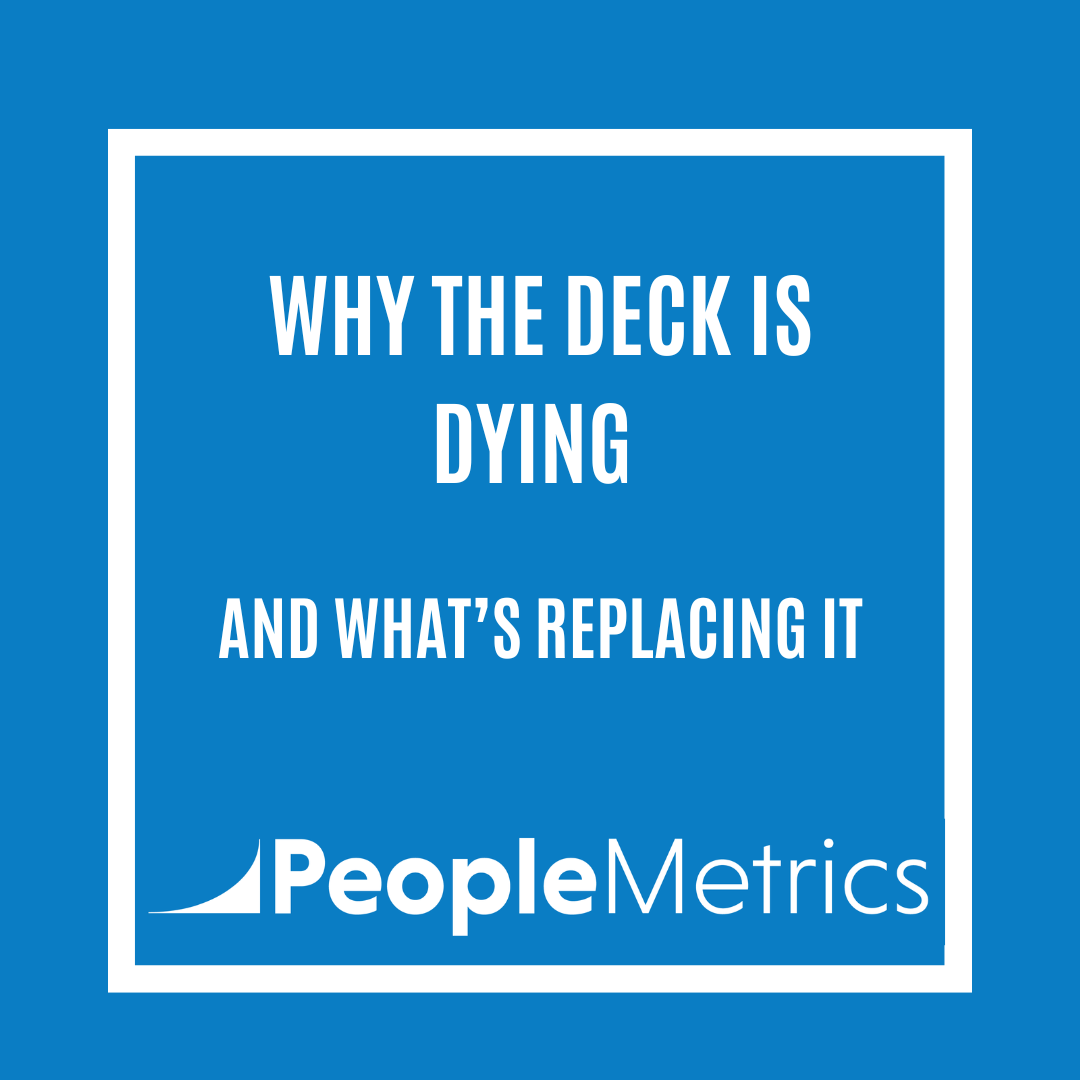Even the best-laid plans can go awry. In consumer research, low response rates can throw off an entire research project. A dearth of consumer responses calls into question the statistical reliability of research results, so low consumer response rates usually require an extension of the study—at additional expense—to find more respondents. If your organization is going through the hassle and expense of designing, distributing, and dissecting consumer surveys, it behooves you to make sure you are receiving a high rate of return. The more customers who contribute their feedback about your company, the better information you’ll have to improve your business and increase Customer Engagement. By considering the tips below, you’ll reap the benefits of high response rates leading to more reliable results.
The traditional, industry-accepted factors of consumer response rates are:
-
Survey length. Shorter is better when it comes to client feedback surveys. Participation rates drop as survey length increases. A good rule of thumb is that surveys should require 10 minutes or less to complete. Transactional surveys, such as when consumers are reporting problems at a help desk, should be no more than 3 minutes in length.
-
Feedback Fatigue. If the same respondents are asked to complete surveys time and time again, they may develop feedback fatigue. Try not to overwhelm the same respondents with too many surveys.
-
Outdated, unwieldy methods. Make sure your feedback mechanisms are as convenient and easy to use as possible. Online surveys, for instance, may be easier for many respondents to complete than paper surveys.
-
Survey construction is also important. If customers are required to repeatedly input information, such as their name, frequent flier number, or zip code, they often become frustrated and abandon the survey. If you know something about a consumer, include it in your sample information behind the scenes so they don’t have to spend valuable time filling out forms. Skip patterns are also a good idea—they skip consumers through questions that don’t apply to them.
-
Security concerns. If applicable, be sure to communicate the anonymity of your surveys, so respondents feel comfortable sharing their opinions.
When asked at the 2008 Marketing Research Conference how to increase online response rates, members of the American Marketing Association suggested the following techniques:
- Make surveys more engaging,
- Limit the number of questions/time to complete,
- Better target surveys to individuals,
- Increase the use of incentives, and
- Attempt to identify fraudulent responses.
These are standard industry solutions for low response rates, and worth considering if your survey isn’t getting any traction.
Survey response rates are also directly related to the strength of the relationship a company has with the respondent. It is easier to convince a long-term customer or employee to complete a survey than it is to convince a total stranger. Lost and prospective customers show lower response rates than current customers. And fully engaged customers are far more willing than their less enthusiastic counterparts to complete surveys.
–Kate Feather





